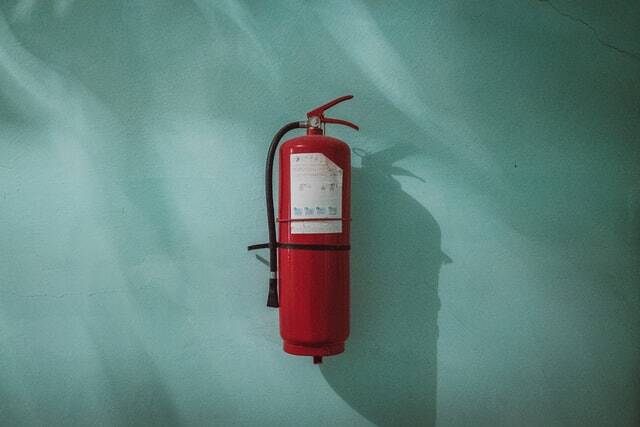Your safety is always a priority. There are many things you can do to ensure that your home is as safe as possible. Here are six important home improvements to make for your safety.
A Water Filtration System
Water filtration systems can greatly improve the safety of your home. The system filters all water entering the house, including tap water and water from a private well. If you have a private well or are on a public system, the quality of the drinking water may not be up to standards that could be considered safe for human consumption. Whether it’s water filtration systems in Utah or any other location, investing in one is the key to water safety. These systems filter out contaminants including asbestos, lead, arsenic, calcium, and magnesium. Here’s what to look out for when choosing a filtration system:
- NSF Certified- NSF International is an independent, not-for-profit organization that tests and certifies products for safety. Look for the NSF certification sticker on the product or package.
- The system must have a low flow rate- Some water filtration systems require you to wait a long time for the water to pass through. This is a problem because you don’t want slow flow rates, which increase the potential for contaminants to be released back into the filtered water. The best way to prevent this is by choosing a system with a high flow rate of one gallon per minute or more.
- The system must have a larger surface area- Water filtration systems typically have either a flat or depth filter, and it is recommended to choose one with a depth filter because they can handle contaminants more effectively than the flat ones. Depth filters also tend to be easier on the wallet.
A Fire Extinguisher

Fire extinguishers are an important addition to any home, not just for safety reasons but also for property protection. In the event of a fire, a fire extinguisher can help you to put it out before it causes too much damage. It’s important to keep in mind, however, that fire extinguishers are not a replacement for a fire alarm system. A fire extinguisher should be kept in an easily accessible place and should be used only when the fire is small and contained.
Here’s how to use a fire extinguisher:
- Pull the pin- This will release the locking mechanism and allow you to press the nozzle.
- Aim low- Point the extinguisher at the base of the fire.
- Squeeze the lever- This will release the extinguishing agent.
- Sweep from side to side- Sweep the extinguisher from one side of the fire to the other until the fire is out.
A Carbon Monoxide Detector
Carbon monoxide (CO) is an odorless gas that causes thousands of deaths every year. CO poisoning can sneak up on its victims, which is why it’s important to have a carbon monoxide detector in your home. These detectors can save lives.
Here are some features to look for when choosing a CO detector:
- The detector should be UL listed- The Underwriters Laboratories (UL) is an independent, not-for-profit safety organization that tests and certifies products. Look for the UL certification sticker on the product. A UL-certified detector is designed to work in most settings, including homes with attached garages or whole-house gas-fired furnaces.
- The detector should have an end-of-life signal- This is very important because it can alert you when your detector needs changing. Some detectors will sound a chirping noise when they need to be replaced, while others will have a flashing light.
- The detector should have a digital display- This will allow you to see the level of carbon monoxide in your home.
Window Locks
Window locks are an important addition to any home, especially if you have young children who like to play outside. Window locks can help to ensure that your children stay inside and safe, and they can also prevent burglars from entering your home through a window. Windows locks are easy to install and use, but they are important to remember to lock before you go out.
Here’s how window locks work:
- There are two components- one part attaches to the windowsill, while the other secures the window from being lifted. They are usually made of sturdy steel or aluminum rather than wood, which burglars can easily break.
- Window locks can be keyed or non-keyed- Keyed locks are opened with a key, while non-keyed locks are opened by pushing a button.
- Window locks come in different shapes and sizes- There are window locks that fit both casement and double-hung windows, as well as sliding windows.
Safety at home is a top priority, and there are a number of home improvements that you can make to help ensure your safety. Some of these improvements include installing a water filtration system, having a fire extinguisher in your home, and having a carbon monoxide detector. Window locks are another important safety feature to have in your home.
Discover 6 Amazing Home Improvement That Will Raise The Value Of Your Property



Comments are closed.